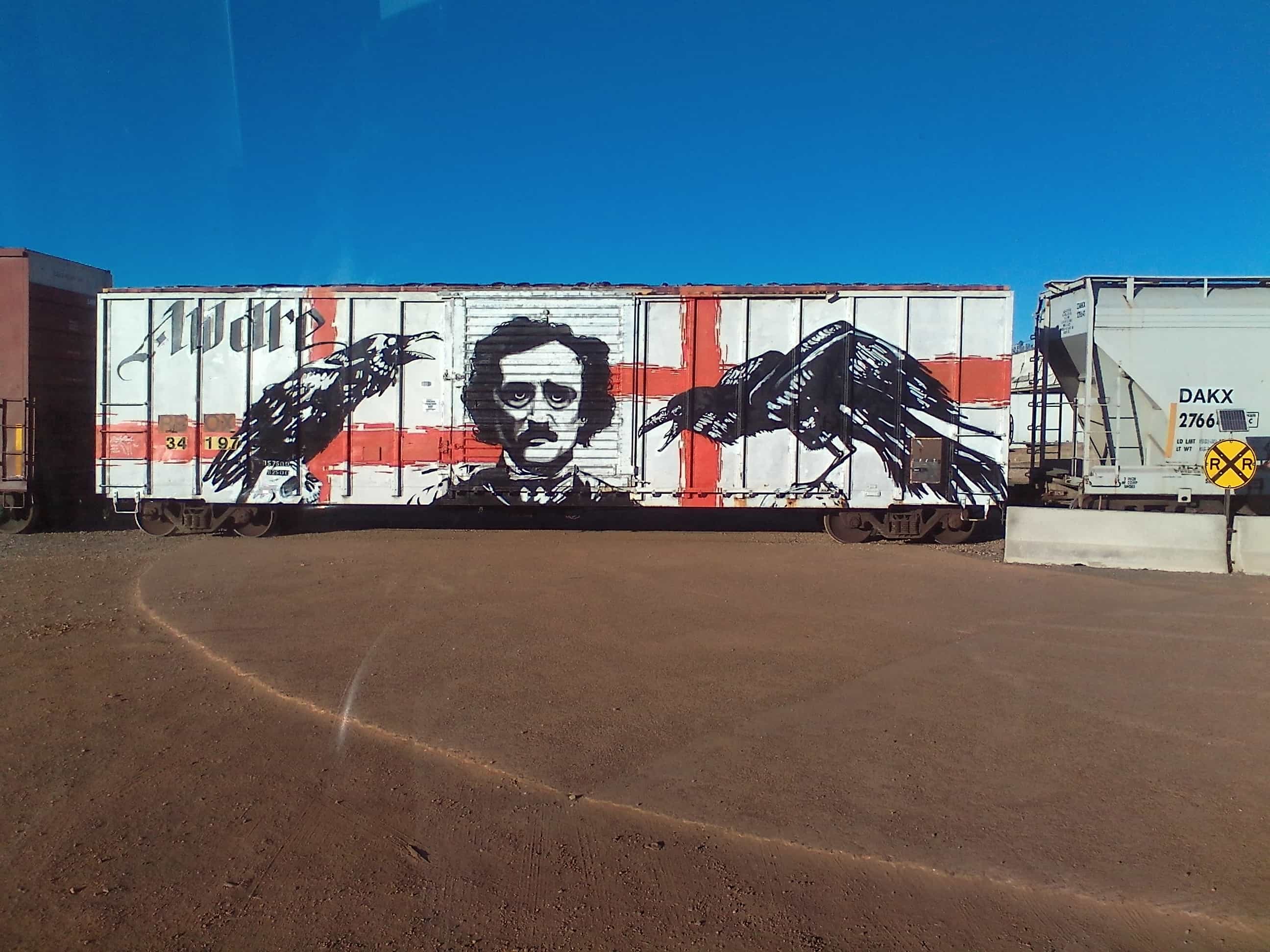Blank walls turned colourful, opaque ideas about life coloured with multidimensional realities and, dullness given an exciting streak- no tribute to graffiti may ever suffice the extraordinary excitement it brings to life. Thank god, it ought to be said, that today we have some classic artists thanks to whose efforts the dullness surrounding many of our urban quarters have been replaced with bright examples of creativity.
Had it not been for graffiti, it could be argued, most urban cities of the world would’ve descended onto a grim hold of dullness. Dullness, perhaps of the sameness that hits us each time we embrace the truth about all there really is. Mondays to Fridays of slogging at workplace, weekends embroiled in making tardy homebound existences into something bigger and meaningful and the cursory uneasiness life has no shame unraveling; that it’s all about a cyclic nature of events.

Whether you speak of the weekdays preceding the weekend, the arrival of gym time and romantic dates with one’s partner upon the completion of the 9-6 schedule. Graffiti, in this sense, breaks away from the mundane. Carrying a signature of quintessential uniqueness, marked with a standout identity- whether signalling a movement, birthing a rebellion, starting a rabble- whether for or against- graffiti has the tendency of placing newfound expression at the heart of each spray or stroke of genius. And what is remarkable is that graffiti art doesn’t discriminate between places.
From spray cans enlightening empty or blank walls whether in Berlin, Jerusalem or Johannesburg, today one can find an emboldenment of thought sprayed on container trains in Budapest, Prague or Ljubljana. And implicit in this rise of a very pervading culture is the essence of social media. It’s not too hard to understand how or why?
Today, you simply ought to ask what possible hold of liberation were graffiti artists in possession of prior to the ascendence of the social media revolution? To cut it simply, had there been no Twitter, Facebook or Instagram- where would’ve have our graffiti artists really been? The simple, accessible, round the clock freedom to take snapshots of their own work and upload it on avenues the world has an access to- could there be anything better in representing this newfound freedom? Graffiti is freedom of thought in abundance and honestly, Facebook and the paraphernalia is a layer cake. Both are ubiquitous in the current context of the world and quite irreplaceable.
Today’s high-tech graffiti artists are using picture sites such as Instagram or Imgrum to place their work on the lap of the world. In the UK- graffiti on train has shot up spectacularly in the past 8 years, it is told. Graffiti doesn’t request for it’s place under the sun, it arrives in form of what is called a ‘graffiti attack’. In the UK alone, in the first quarter of 2018, there have been 399 graffiti attacks on stationary trains. Once printed on the canvas of modern transportation, this art becomes mobile.

In fact, so implicit has been the rise in graffiti on train that The surge in graffiti on the railway networks has actually compelled the British Transport Police to reintroduce a dedicated CID team to specifically investigate graffiti crime. But if you addressed graffiti as something spectacular and arresting over blankness, then you won’t actually think of wanting to have a clampdown on it. Would you?


